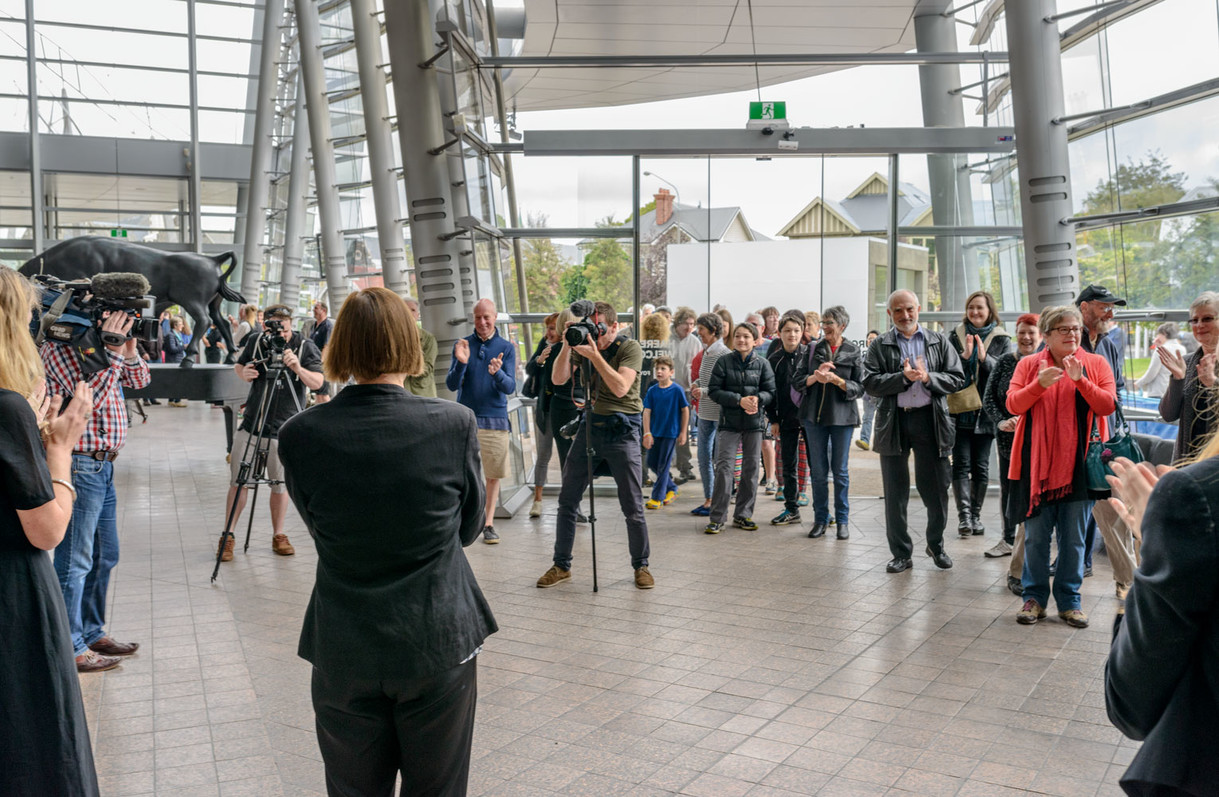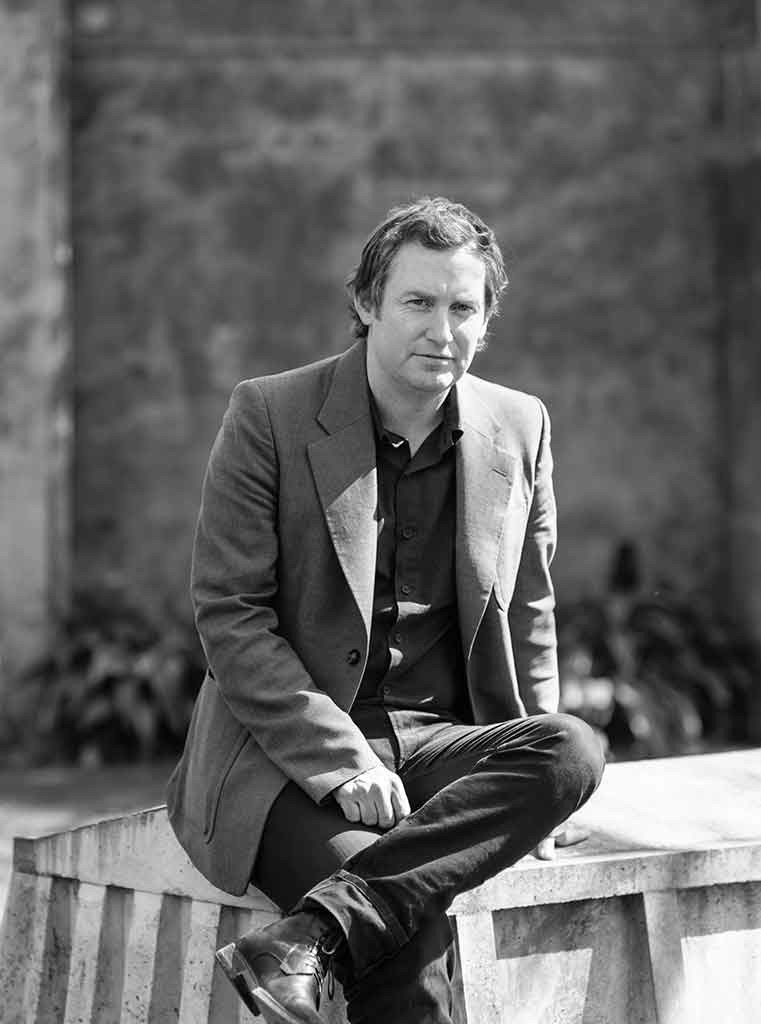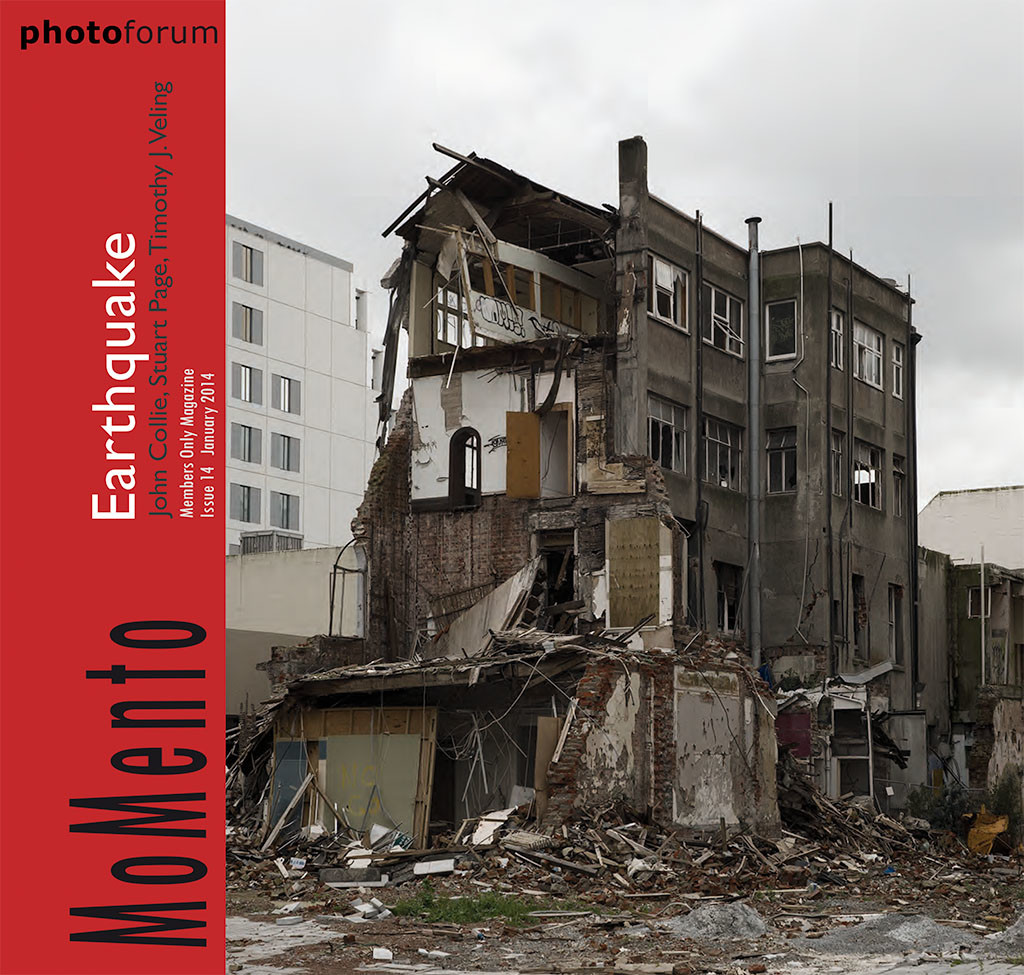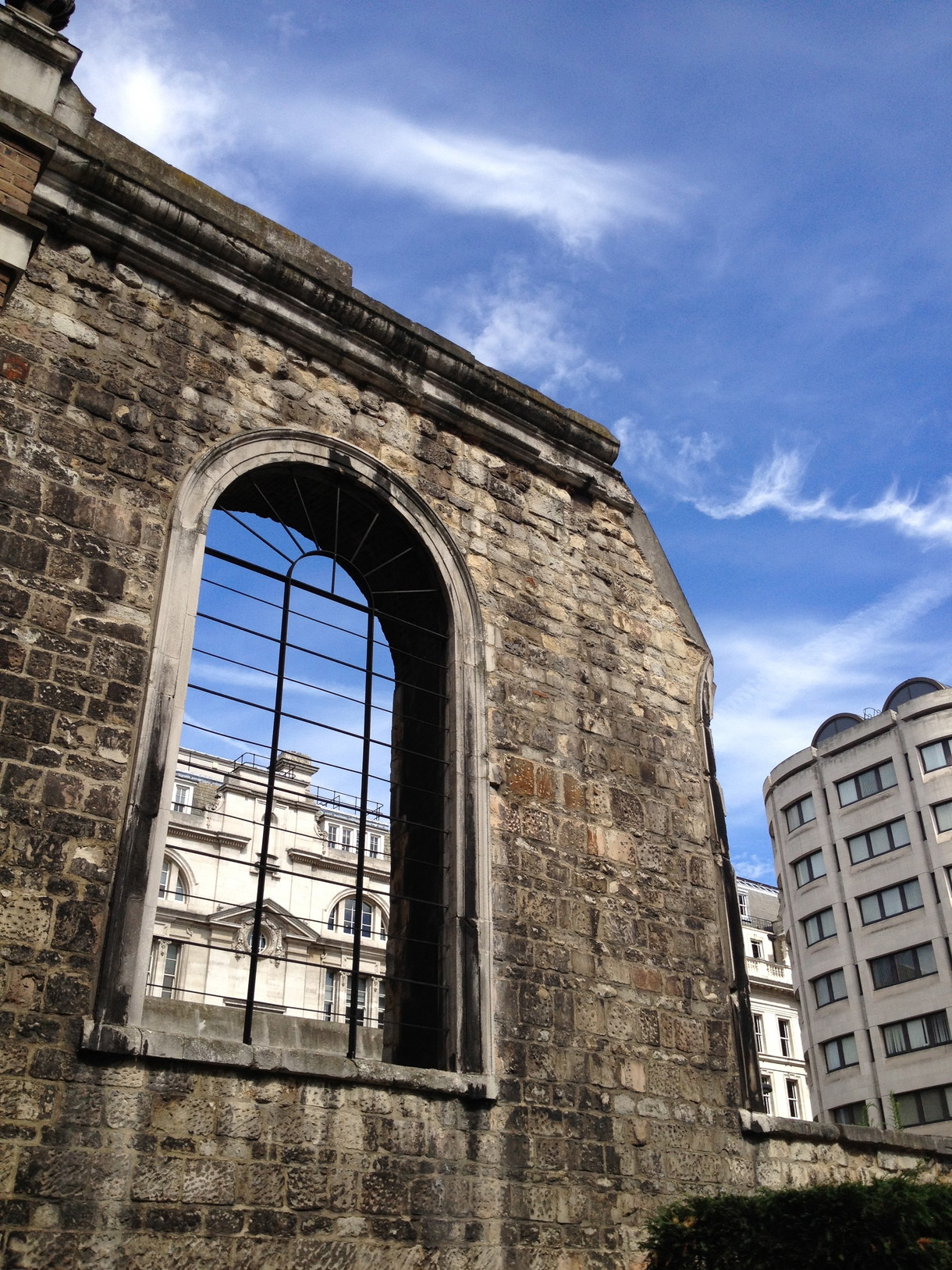B.
1888 earthquake
Behind the scenes
Earthquake images from 125 years ago
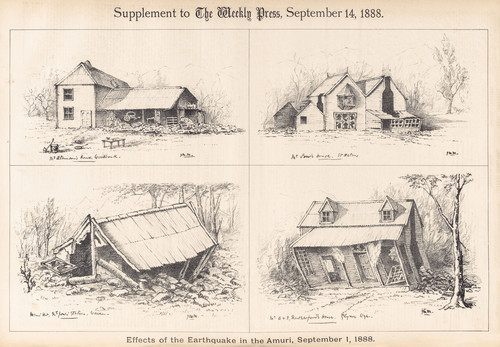
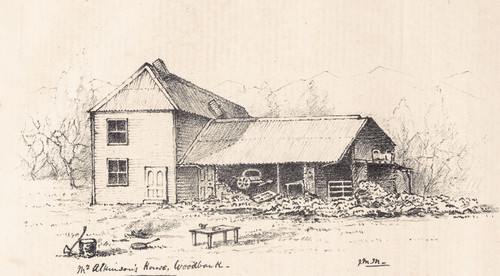

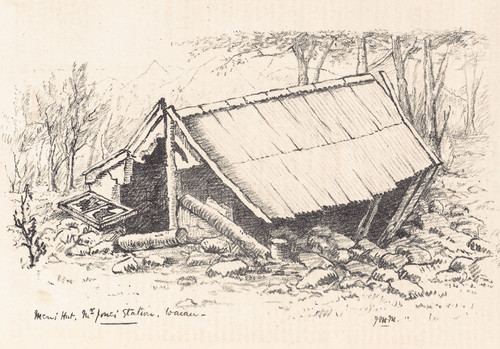
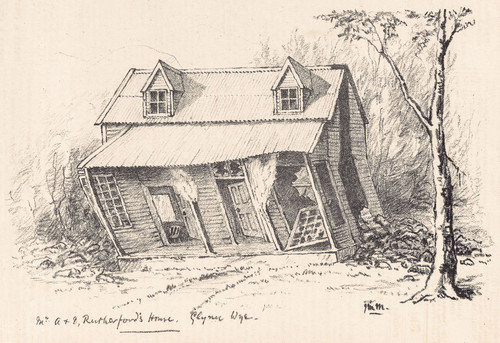
These illustrations appeared in the Weekly Press on 14 September 1888, two weeks after the earthquake. The illustrator is John McIntosh Madden (1856-1923) who has six works in our collection, including this one of Dusky Sound:
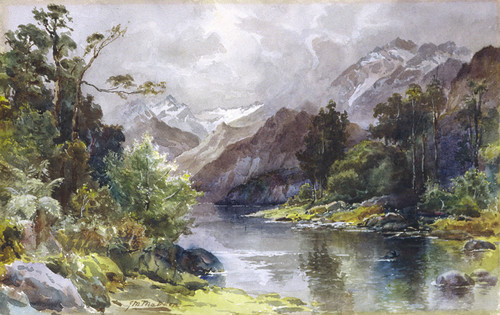
John MacIntosh Madden Dusky Sound
Collection of Christchurch Art Gallery Te Puna o Waiwhetū, Doreen Bonifant bequest, 1994

